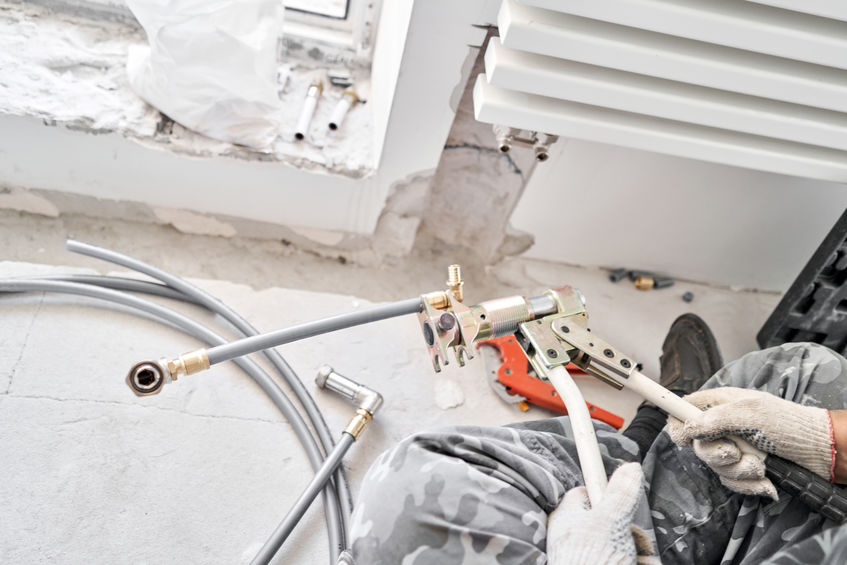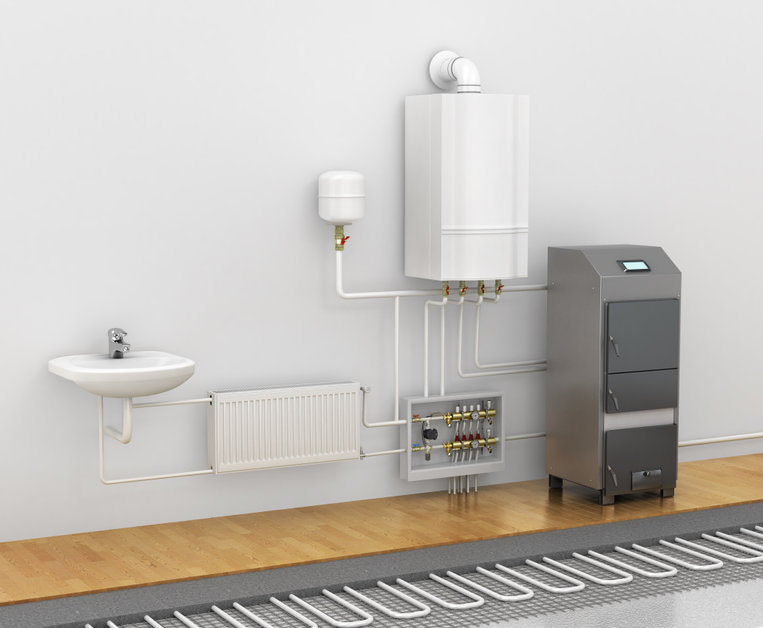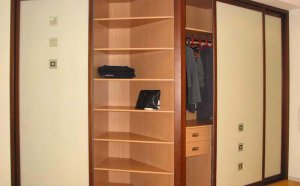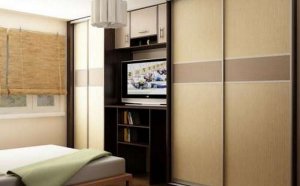
How to Compare Heating and Cooling Options for a New Home
When building a new home, selecting an appropriate heating and cooling system is important for ensuring comfort, promoting energy efficiency, and achieving long-term cost savings. With various options available, understanding the differences can help you make an informed decision that suits your needs. This guide explores different systems and factors to consider when comparing heating and cooling solutions for your new home.
Types of Heating and Cooling Systems
There are several options available for heating and cooling your new home:
- Heat Pumps: Heat pumps are versatile systems that provide both heating and cooling by transferring heat between the indoors and outdoors. Air-source heat pumps extract heat from the outside air and are effective in most climates, though their efficiency may decrease in extreme temperatures. Geothermal heat pumps, also known as ground-source heat pumps, utilize the stable temperatures underground to provide efficient heating and cooling but involve higher installation costs due to the need for underground piping.
- Solar Thermal Systems: These systems harness solar energy to provide heating, often for domestic hot water and space heating. Solar thermal systems can lower utility bills and reduce environmental impact, but they depend on adequate sunlight and require proper placement and orientation of solar collectors.
- Biomass Heating: Biomass systems use organic materials like wood logs, chips, or pellets as fuel. Options include wood-burning stoves and pellet boilers. While biomass is renewable and can reduce reliance on fossil fuels, these systems require regular maintenance, storage space for fuel, and a consistent fuel supply.
Companies like Cairox offer energy-efficient heating and cooling systems suitable for various needs and budgets.

Image by Pixabay
Climate and Geographical Considerations
Your geographical location influences the most appropriate heating and cooling system for your home:
- In regions with colder climates, geothermal heat pumps can be effective because they utilize the consistent temperatures underground, providing reliable heating even in freezing conditions.
- In areas with milder climates, air-source heat pumps may be adequate and more economical, as they perform efficiently without the need for extensive ground installations.
- Solar thermal systems are more beneficial in locations with abundant sunlight, enhancing their efficiency and cost-effectiveness.
- Biomass heating may be suitable in areas where biomass fuels are readily available and affordable.
Environmental Impact
Evaluating the environmental impact of each system is important:
- Geothermal Heat Pumps: These systems have low greenhouse gas emissions because they use renewable thermal energy from the ground, reducing reliance on fossil fuels.
- Air-Source Heat Pumps: They are more environmentally friendly than conventional heating systems, especially when powered by electricity from renewable sources.
- Solar Thermal Systems: By utilizing solar energy, these systems significantly lower carbon footprints, as solar power is a clean, renewable resource.
- Biomass Heating: Biomass is considered carbon-neutral since the CO2 released during combustion is offset by the CO2 absorbed during the growth of the biomass, but this assumes sustainable sourcing and efficient combustion.
Financial Analysis
Analyzing the financial aspects of each option includes considering initial investments and operating expenses:
- Initial Costs: Systems like geothermal heat pumps generally involve higher upfront expenses due to installation complexity. However, their operational efficiency can lead to reduced energy costs over time.
- Long-Term Savings: Although some systems may require a larger initial investment, the long-term savings on energy bills can offset these costs. Calculating the payback period can help determine the financial viability.
- Incentives and Rebates: Investigate whether there are government grants, tax credits, or rebates available for installing energy-efficient or renewable energy systems, which can reduce the overall cost.
- Operating and Maintenance Costs: Factor in the ongoing expenses, such as fuel costs for biomass systems or maintenance for heat pumps, to get a comprehensive understanding of the total cost of ownership.
- Energy Price Fluctuations: Consider possible changes in energy prices in the future, which may affect operating costs for systems dependent on electricity or fuel.
Design and Installation Considerations
The design and installation of heating and cooling systems involve specific considerations:
- Geothermal Heat Pumps: These systems require adequate space for installing ground loops, either horizontally or vertically. Site suitability and soil conditions may affect installation feasibility and cost.
- Air-Source Heat Pumps: Usually compact and easier to install, but placement is important to minimize noise impact. Proper installation can enhance efficiency and reduce operational noise.
- Solar Thermal Systems: These systems need sufficient roof space with appropriate orientation, typically facing south in the northern hemisphere, to maximize solar gain. Structural strength of the roof to support collectors is also a consideration.
- Biomass Heating: Requires space for the boiler and fuel storage. Access for fuel delivery and considerations for venting and emissions are important.

Image by Pixabay
Conclusion
When choosing a heating and cooling system for your new home, consider these key factors:
- Assess your climate and geographical location
- Evaluate energy efficiency and environmental impact
- Consider upfront and operating costs
- Think about design and installation requirements
- Research available incentives and rebates
By thoroughly examining these aspects, you can select a system that aligns with your comfort needs, budget constraints, and environmental considerations.
Image by Gerd Altmann from Pixabay
Share this Post
Related posts
How To Pick A Cupboard In The Bedroom
If you decide to buy or order yourself a closet, take your time. It could be like some of my friends. You come to them in…
Read MoreRoom With A Cupboard
In designing a small room, minimum space should be used as efficiently as possible. Excess in both furniture and decorations…
Read More









